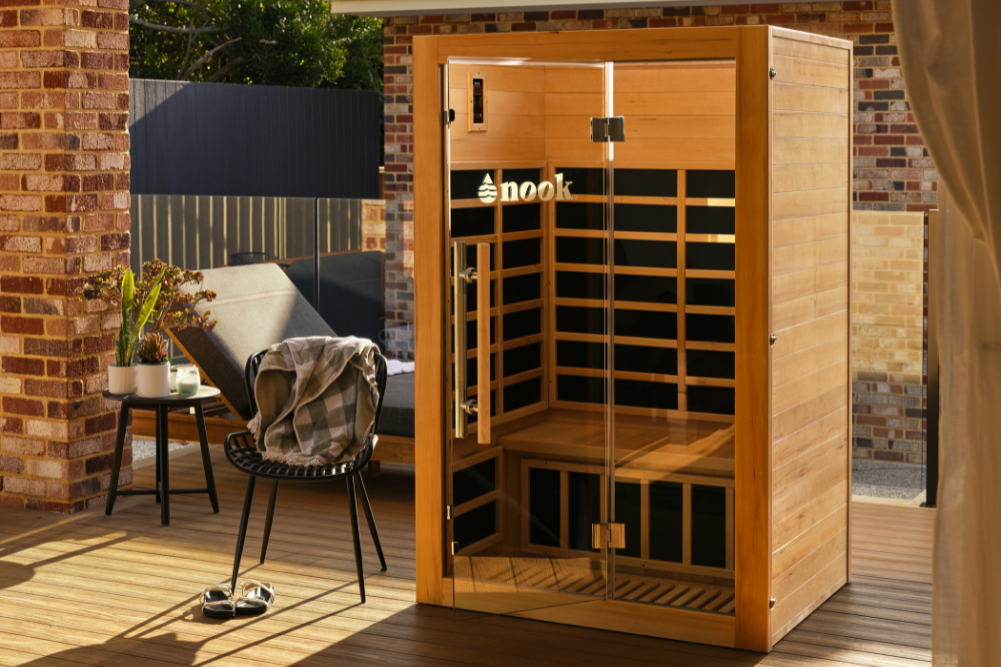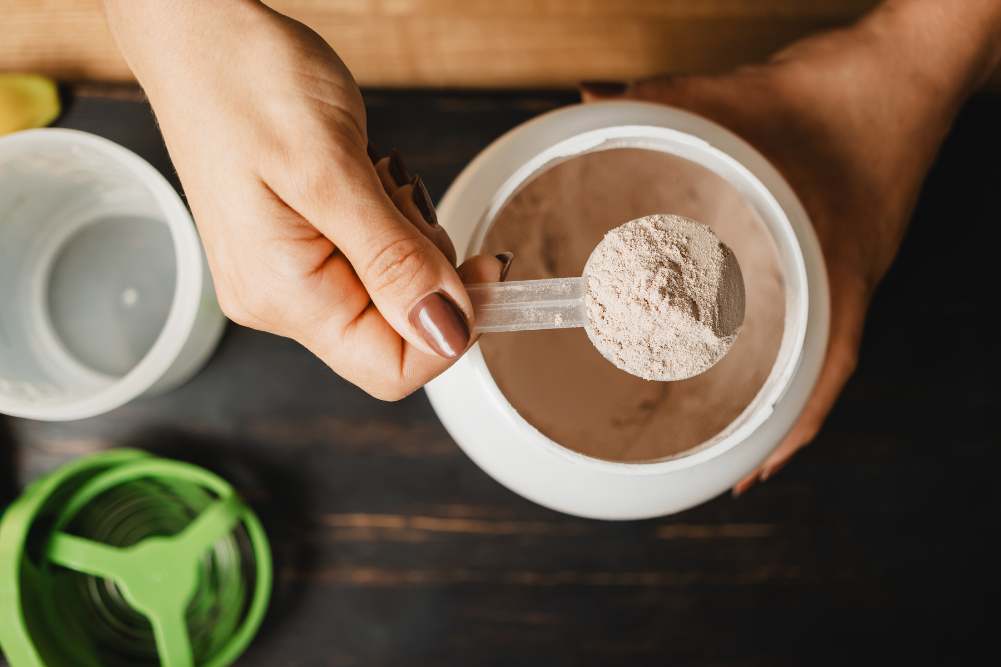Is barefoot earthing the key to a long life?
What if there was a technique or gadget that could help decrease your muscle inflammation, prevent free-radical damage, heal your injuries faster, reduce muscle stiffness and tension, help you sleep better and improve your health and energy levels? It almost sounds too good to be true, doesn’t it? If you were healthier, had more energy and your injuries healed faster, you would be a lot closer to achieving your genetic lifespan potential or at the very least have a better quality of life.
The amazing new health revolution that can achieve this is actually not so new at all. It is going barefoot or taking part in “barefoot earthing”. Extraordinary claims have been made about barefoot earthing (also known as “grounding”) and there appears to be a plethora of research to substantiate these claims. Barefoot earthing simply consists of walking or standing barefoot on the surface of Mother Earth, so how is it that such a simple activity could make such a difference to your health?
The theory
The theory behind barefoot earthing has to do with electrons on the earth’s surface and how your body interacts with them. The surface of the earth is electrically conductive and possesses a continuously renewed supply of free electrons due to what is referred to as a “global or atmospheric electrical circuit”. That’s geophysics talk for activities such as thunder and lightning storms (of which there are 1000–2000 continually active around the globe). These storms create a constant current of thousands of amperes that is distributed across the surface of our planet.
The positive charge from electrical storms is transferred to the upper atmosphere while the negative charge is conducted along the surface of the earth in the form of free electrons. This natural and invisible flow of electrons, and the electric field generated by it, exists on the surface of all conductive objects, including people, plants and animals — anything that’s in direct physical contact with the earth.
So Mother Earth is charged with uncountable numbers of free electrons that are in a state of diurnal flux. When humans stand on the earth (in bare feet or in footwear that conducts electrical charges) we become electrically grounded to it and this physical contact with the earth maintains our bodies at the same neutral electrical voltage of the earth. This has been proven by electrophysiologists and researchers using a voltmeter.
Your body has its own electric field in the form of electrons, which is transferred to the earth when you are grounded and thus you lose electrons to the earth. Which is all well and good as long as you are grounded. The problem is that, today, we wear synthetic-soled shoes with several layers (outsole, midsole, footbed, sockliner) that cut off the flow of electrons from the earth to our bodies and we live in an environment that insulates us from the earth’s subtle electron charge, such as high-rise buildings. As a result of this insulation, our bodies no longer maintain the natural free electron charge of the earth and so we are not protected by the earth’s electric field and natural supply of free electrons.
So the problem is a lack of grounding, which leads to a loss of electrical stability in the body. Electrophysiologists now believe the earth’s surface energy neutralises the (positively charged) free radicals by massively donating (negatively charged) free electrons to them.
There just may be something to this theory. We humans have been exchanging our free electrons with the earth’s surface for millennia. Throughout all of history, we have walked barefoot and slept on the earth. Not any more, at least in modern society. Many of us, however, notice how we feel better when we walk barefoot on the earth. You may, for example, have felt more relaxed and invigorated after spending a day walking barefoot on the beach.
Earthing and your body
Inflammation
How, then, could this barefoot earthing phenomenon be of any use to us? Let’s look first at the research claims that it reduces muscle soreness and inflammation. We know that inflammation can be caused by free radicals and that free radicals are neutralised with electrons from any source.
Free-radical damage
We know that free radicals act as electrophiles that attract free or mobile electrons and we theorise that this can also be achieved from contact with the earth through grounding. It is thought that this flow of free electrons into the body is what reduces inflammation, by blocking free-radical production, and therefore helps the injury-repair process. Here we must ask the question, “Where is the evidence that grounding combats inflammation and soreness in the human body?”
Pain and inflammation
A series of medical case studies by Dr William Amalu, president of the International Academy of Clinical Thermography, reviewed earthing treatment on 20 patients with a variety of inflammatory complaints, including chronic myofascial pain, muscle strains, ligament strains, carpal tunnel syndrome and inflammatory joint syndrome. The patients were grounded in his office or slept on grounded bed pads at home two to three times each week for 30 minutes.
Amalu took thermal imaging photos of the patients before and after treatment and the results were nothing short of dramatic. Many patients in Amalu’s study had less pain after one treatment, and 80 per cent experienced pain relief from their various ailments within two to four weeks. Interestingly, most of these patients had been having standard physical therapy and other medical treatments, with poor results. With continued grounding over months, the patients continued to get relief and in some cases their symptoms vanished altogether.
Ober (2000) looked at 60 test subjects (22 men, 38 women) with sleep problems and a variety of joint and muscle pain. Half of the group slept on grounded pads, while the control group slept on ungrounded pads. The experiment lasted 30 days and the results were, again, extraordinary. Of the grounded volunteers, 85 per cent went to sleep more quickly, 93 per cent slept better during the night, 82 per cent had a significant reduction in muscle stiffness, 74 per cent experienced reduction or elimination of chronic back and joint pain, 100 per cent reported feeling more rested upon waking and 78 per cent felt that their general health had improved.
Muscle stress and tension
Chevalier et al (2006) looked at the effects of earthing on 58 healthy adults in a double blind study and concluded that it produced statistically significant and nearly instantaneous reductions in overall muscle stress and tension in the body. Using electromyography, he found that tensed muscles relaxed and that hypertonic muscles were restored to normal tension when “earthed”.
Sleep
In case you haven’t picked up on it from the above studies, many subjects noticed that they slept more soundly when they slept in a grounded state. As sleep is a critical recovery mode, anything that can help us sleep better is going to indirectly improve our health. Subjects in these studies said they felt more refreshed and less fatigued on waking and had more daytime energy.
Jet lag
One important practical application of earthing for travellers is using it to cope with jet lag when we travel to other countries or distant time zones. Many travellers use earthing to help them adjust quickly to a new time zone after a lengthy flight across several time zones. Here’s how it’s done: when you reach your destination, find a park with grass, remove your shoes and socks and walk around for half an hour. Scientists think that by doing this we pick up the electrical rhythm of the earth at our new destination, which helps our hormonal clocks reset to the new time zone faster.
Lorraine Moller from New Zealand, 1984 Boston Marathon champion, Olympic women’s bronze medallist in the marathon and the only woman to have run the first four women’s marathons in the Olympics, swears by this method of offsetting jet lag. She walks barefoot for half an hour in a park when she arrives at her destination and says it helps her reset her biorhythms after long flights.
Getting earthed
Walking barefoot is the simplest way to get your electron fix for the day. Sitting on the ground, or sitting with your feet touching the ground, works fine. Connecting with the earth several times a day is beneficial. If, however, you live in a concrete jungle without access to a nice green field, there’s a series of earthing pads, sheets, mattresses, beds, recovery bags etc available.
Breakthrough or nonsense?
Continued research must be done on connecting earth physics with human benefits. However, there is a growing quantity of evidence demonstrating the health benefits of earthing. Where does this leave us? There is some good evidence that shows earthing, or grounding, would seem to provide conductive contact between the earth and our bodies when we walk barefoot for at least half an hour. Likewise, there is some evidence that suggests earthing could facilitate recovery from inflammation and acute and even chronic injury. These effects are seemingly related to our tissues absorbing mobile electrons from the earth. These findings come at a time when the inflammation theory of disease is receiving much interest from the biomedical community.
If the theories presented by its proponents are to be accepted, earthing gives new meaning to the words “being grounded”. Earthing is all about the restoration of lost contact with Earth and its boundless supply of electrons. According to its advocates, it restores and maintains our natural electrical state, reducing inflammation and pain, thereby promoting health and recovery from vigorous sports activities.
Most of the references here were taken from highly reputable sources while others are not peer-reviewed or not what we would consider scientific journals. Earthing is a new scientific research endeavour. There are only a few studies and some anecdotal evidence showing that earthing reduces markers of inflammation in people, yet thus far there are no studies that conflict with these findings.
The implications of earthing, if verified, are too great for seekers of optimal health to ignore. Should you try barefoot walking or earthing to improve your health? Will this practice reduce inflammation, as some of the early studies show? You have nothing to lose by walking around outside on the grass for half an hour a couple of times a day to see if you feel better.
It is conceivable that, in the future, daily barefoot earthing sessions may become a health habit as common as working out at a fitness club. Health-minded people may be spending some time walking or standing barefoot outside every day to get their “electron fix”, or sleeping in special sheets that conduct the free flow of electrons, to get sounder sleep.
Roy Stevenson has a Masters degree in exercise physiology from Ohio University. He has taught exercise science and nutrition at Seattle University, University of Puget Sound, Highline Community College and Lake Washington Technical College. W: www.Roy-Stevenson.com







